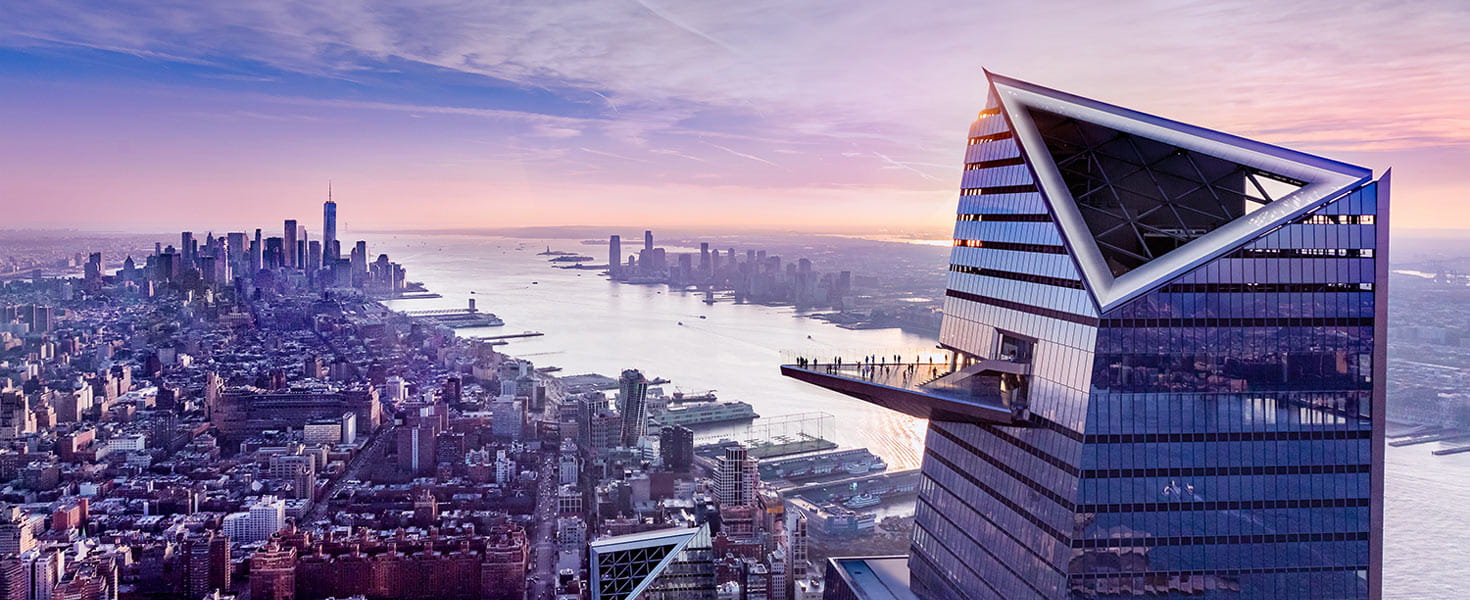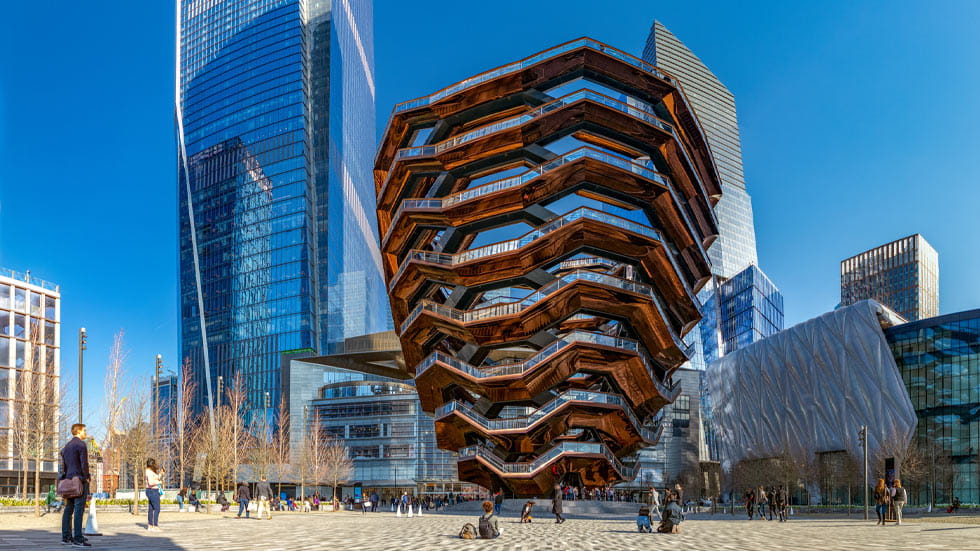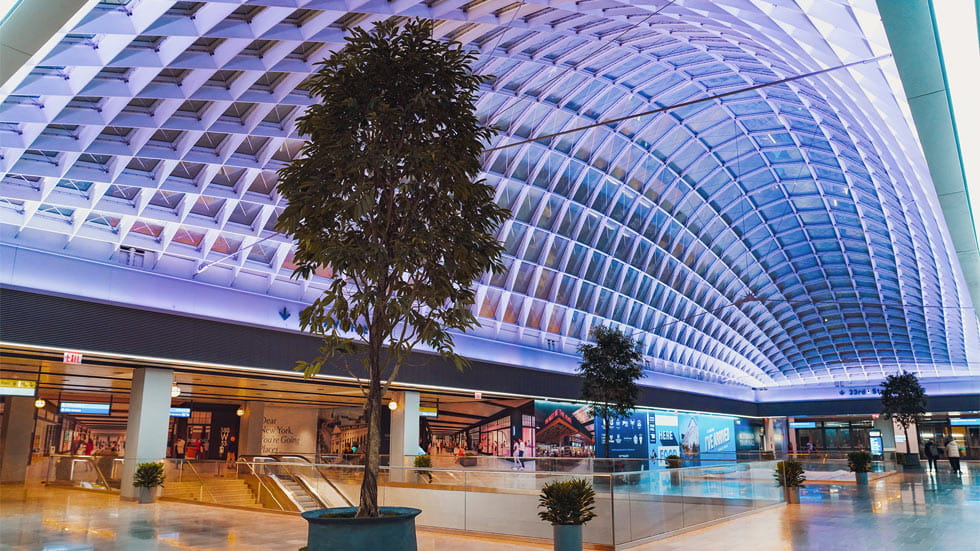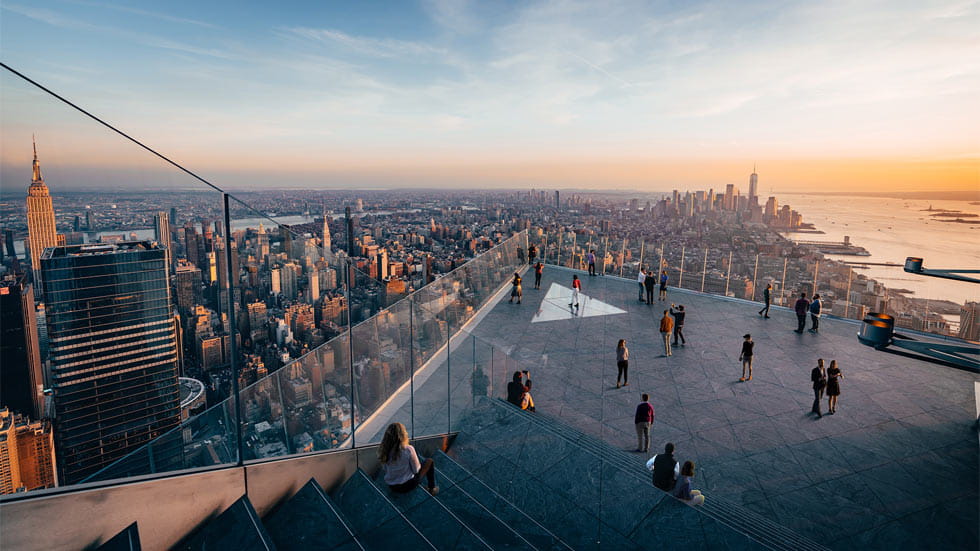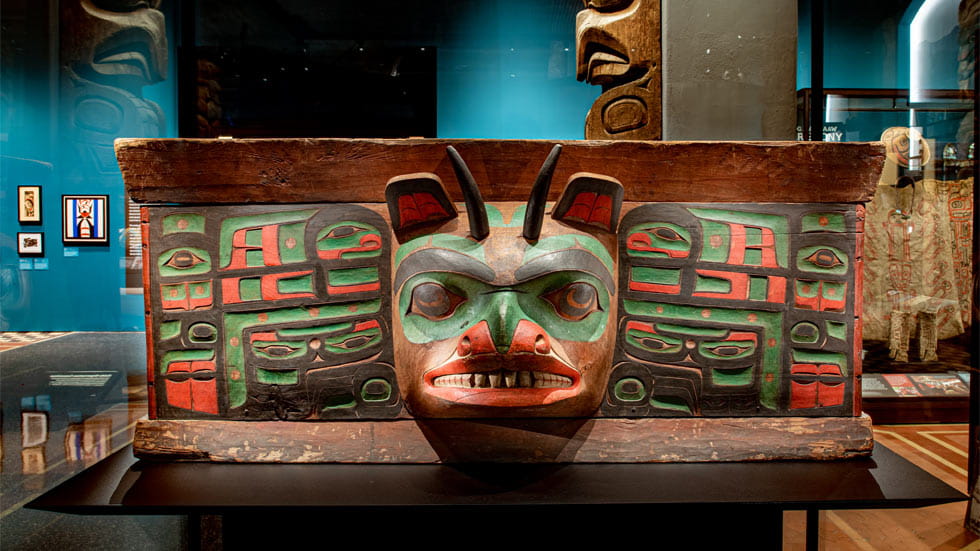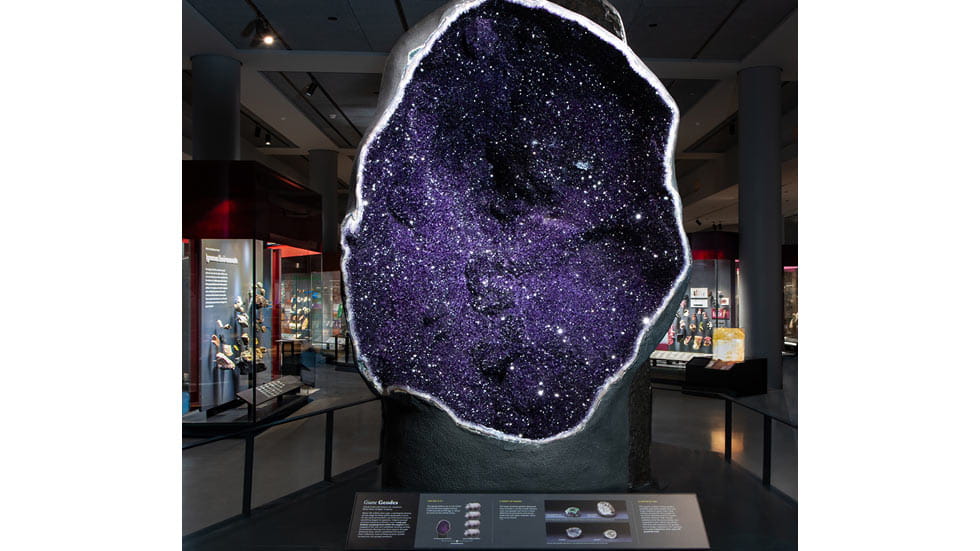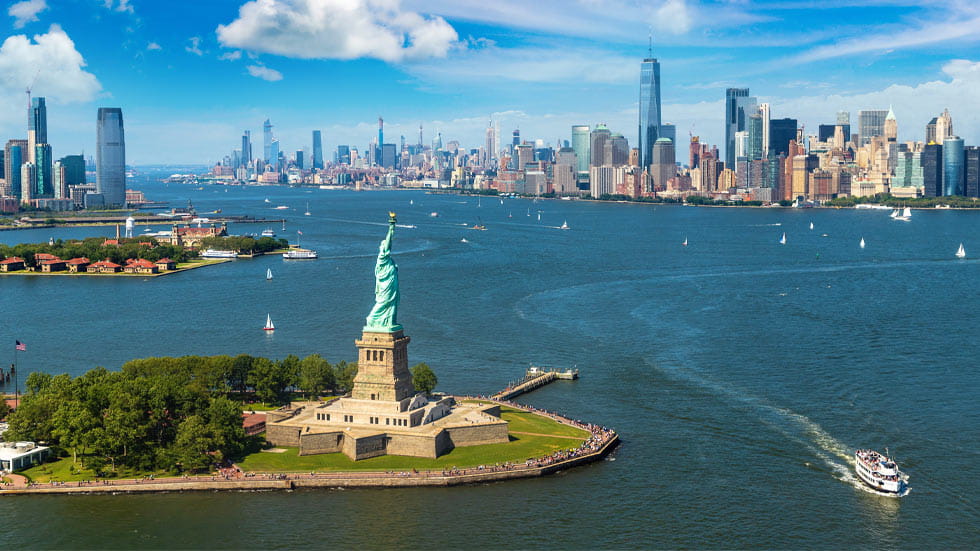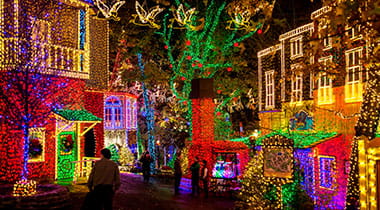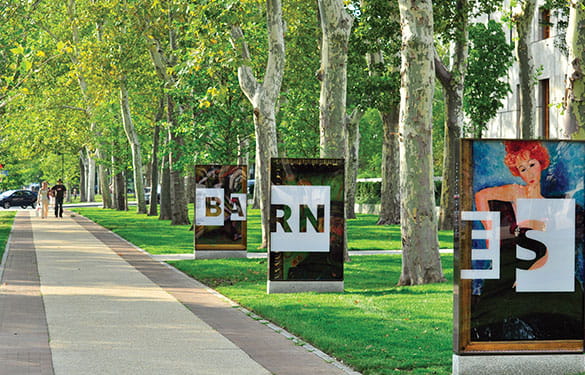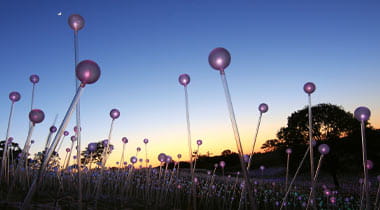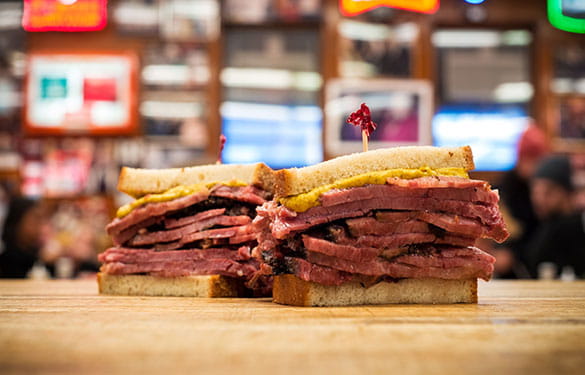Waves of jostling crowds, exclaiming in a multitude of foreign languages, streamed through the plant-lined paths of the High Line, New York’s famous elevated park on Manhattan’s west side. Happily surrendering to the tide, I couldn’t help but believe the hype. The Big Apple was back
The early days of the pandemic—with its deserted and eerily quiet streets, shuttered theaters and gated storefronts—seemed a distant, if searing, memory. Not only had tourists returned to the city, but New Yorkers were reclaiming their streets, too, desperate to make up for lost time.
Museums had unveiled renovated galleries; parks and other green spaces were unrolling new green swathes and food courts; and performing arts venues had dusted off their stages. The sidewalks were bursting with outdoor dining sheds, a pandemic holdover that’s proven incredibly popular and enlivened the city.
Although tourism officials don’t expect visitor numbers to reach pre-pandemic levels until 2024 (a record 66 million out-of-towners arrived in 2019), they project that 56 million will come this year, a substantial increase from last year’s total of 33 million. During my recent stay, I felt as if I encountered every single one of them.
WATER, WATER EVERYWHERE
As I continued walking along the elevated park, I thought about my agenda to see some of these new attractions and realized that much of it would involve sticking close to the Hudson River and its nearby neighborhoods.
Take Little Island, which I spotted as I reached the southernmost point of the High Line. Since opening last fall, this spiraling park resting clumsily but charmingly in the middle of the water on dozens of concrete tulip-shaped columns has become an immediate hit with the sun-seeking curious.

Some of the interest surely has to do with the fact that it springs from the fanciful mind of British designer Thomas Heatherwick. He’s the man behind Vessel, a 16-story sculpture that has become the defining feature of Hudson Yards, a $25 billion mixed-use development that opened right before the pandemic hit.
Part of a massive building effort over a rail yard that sprawls 60 blocks from 30th to 42nd Streets and Eighth Avenue to the river, the Yards and its even newer (and more successfully urban) neighbor Manhattan West feature glass towers, manicured lawns, funky sculptures and high-end retail outlets.
As my husband, Ray, and I discovered when we chose to spend our weekend there at the just-opened Pendry Hotel, the “city within a city” vibe makes for a perfect weekend getaway. Native New Yorkers-turned-tourists, we were amazed at the transformation from what once was a no-man’s land of rotting piers, surface parking lots, gas stations and auto repair shops.
No longer cut off from the rest of town, this western frontier is just blocks from the new $1.6 billion Moynihan Train Hall, a light-filled terminal that gives Amtrak and Long Island Rail Road passengers a fresh alternative to the overcrowded and dreary Penn Station, as well as a new ferry stop and subway station.
HIGH EXPECTATIONS
Every time Ray and I stepped out of our hotel, we spotted, way up high, The Edge. Perched on the 100th floor of 30 Hudson Yards, it’s billed as the “highest outdoor sky deck in the Western Hemisphere.” It’s not something we would usually pursue, but we were close—and curious.
One morning, we followed the signs and joined a long line that briskly snaked past video presentations likening Hudson Yards to the city’s other great developments (including Rockefeller Center, South Street Seaport and Lincoln Center). Forty-five minutes later, we were outside, high above it all. The bird’s-eye views from this wedge-like deck brings home the fact that New York City is made up of islands.
We passed on the City Climb experience, a pricey ($185) opportunity to scale the very top of the building. Nor were we adventurous enough to check out the also-new Summit One Vanderbilt across town, which invites you into a glass box enclosure jutting over the Grand Central Terminal area, or Rise, a flight simulation near Times Square that lifts 30 feet off the ground and then embarks on a virtual ride above the city.
AUDIENCES RETURN
That evening, Ray and I emerged from a Broadway show to find wall-to-wall throngs converging on Times Square. People packed the iconic red bleachers at Duffy Square and spilled from theaters and stores hawking high-priced trinkets. It was as if the pandemic had never happened—especially since vaccine and mask mandates have been lifted for Broadway theaters (and remain so as of press time). But visitors should bear in mind that performances are still occasionally canceled due to COVID outbreaks among cast and crew.
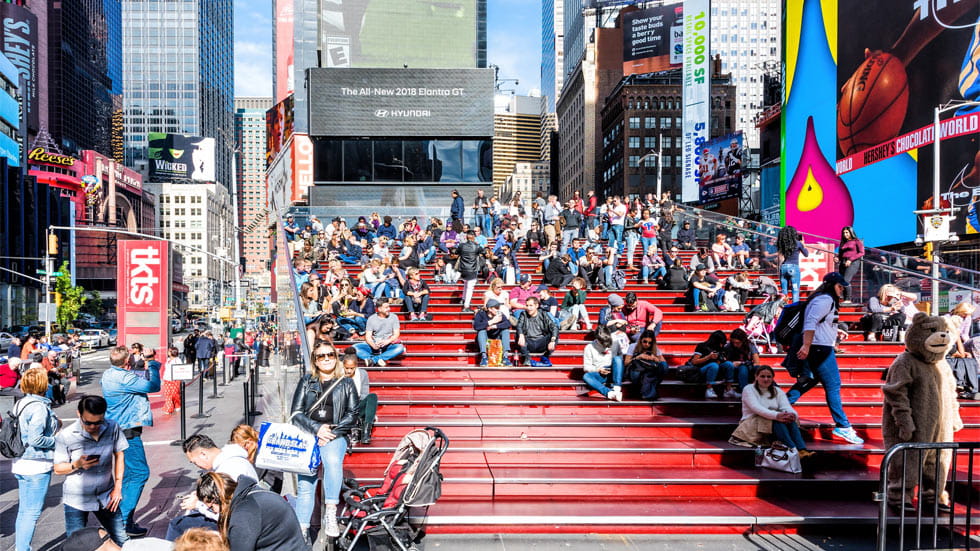
Almost all of Broadway’s 41 theaters are up and running. A $550 million renovation of David Geffen Hall, the Lincoln Center home of the New York Philharmonic, opens this October. And next year’s debut of the Ronald O. Perelman Performing Arts Center at the World Trade Center promises to extend the action to Lower Manhattan.
MUSEUMS DREAM BIG
On another morning, Ray and I left the Pendry and walked to the new subway station, where we were pleased to discover that a contactless fare system (use your phone or a credit card) was now in place.
We made our way to the American Museum of Natural History to seek out more of the new. Chief among these were the redesigned, reinstalled and quite sparkling Allison and Roberto Mignone Halls of Gems and Minerals, home to the iconic 563-carat Star of India as well as specimens never before exhibited, such as two of the world’s largest amethyst geodes. We also popped into the recently freshened Northwest Coast Hall, which now includes new exhibits developed in cooperation with the Pacific region’s indigenous communities.
Next winter, the museum will open the Richard Gilder Center for Science, Education and Innovation as part of an ongoing observance of its 150th anniversary (it opened in 1869). The center will provide linkages to the other 10 buildings on the museum campus and include a butterfly exhibition and an insectarium.

We’ll be back to check it out, along with some of the other new and coming attractions. I’m keen on seeing the Old Masters of the Frick Collection temporarily hung amid the Brutalist architecture of the old Whitney Museum of American Art before they move back into their renovated home. Also on the list: the just-unveiled gardens at the Morgan Library and the Museum of Broadway, coming this November.
’Tis true, to paraphrase Samuel Johnson’s old saw about London, that when a woman is tired of New York, she’s tired of life. New York is certainly ever-mutable, yet it’s also true that no American city was as devastated by the pandemic as it was. So, not all of the changes are good: the wounds are still there in the shadows of those lost to the virus, of course, but also in countless “closed” signs and ghostly office buildings.
But this new New York—with its mega-million-dollar expansions and mega-billion-dollar developments—provides ample evidence of the city’s vaunted indomitable spirit, soaring, quite literally, onward and upward. I want to be a part of it. New York, New York.








